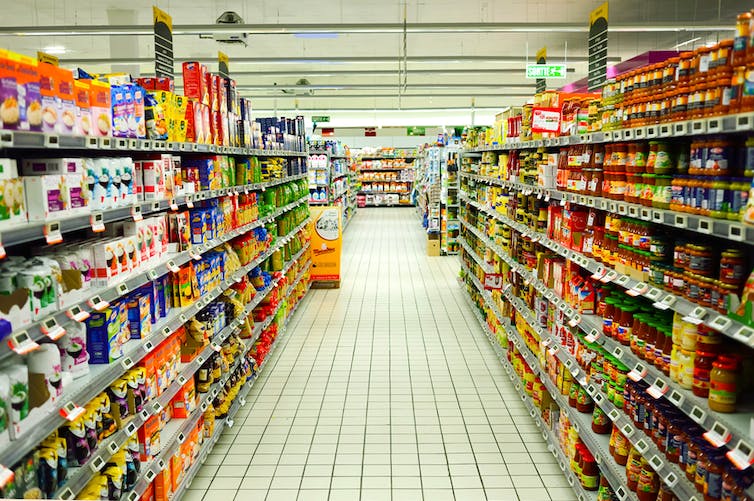As the production of chemicals continues to boom, how exactly are they impacting our health? To answer this question, new tools have been developed to identify and monitor hazardous substances. Recent surveys have shown that 90% of Europeans are concerned about the impact of chemicals on the environment, while 84% worry about their potential risks to health.
Despite this, global chemical production is expected to double by 2030, reflecting a rapid increase in use in nearly every sector of the economy. The European Commission has also shelved its plans to tighten its restrictions on harmful substances – reforms to the so-called REACH legislation – to late 2023.
Awaiting this, current European law requires that chemicals employed in manufacturing processes be assessed for potential consumer risks before being placed on the market. Others present in the environment can also be harmful, whether they are of natural origin (eg. micro-organisms, toxin-producing fungi, soil metals, etc.) or synthetic (PCBs, chlordecone or metals).
By chemical, we refer to several substances mixed together to obtain specific properties for an intended product. They’re then categorised as cosmetics, paints, cleaning products, and so forth.
Assessing the damage
The modern era has increasingly exposed us to environmental pollutants. Whether it be in the air we breathe, the water or food we take in, the items we touch, or the products we apply to our skin, all go on to accumulate within our bodies.
This level of internal exposure then determines how seriously hazardous substances can affect us. But how can we measure it, amid the hundreds of thousands of chemicals that now pervade the planet? In the area of human health, the practice of biomonitoring shows some promise.
By measuring certain biomarkers added to blood, urine, hair, or breast milk samples, biomonitoring aims to measure the precise amount of chemical contaminants that our bodies can safely withstand. The science also has the advantage of taking into account individual differences related to physiology (for example, breathing, metabolism, and age) and behaviour (e.g., general hygiene and consumer product use).
Our chemical contamination rate is influenced by everything that we breathe in, touch, eat, or apply to our skin.
Sorbis/Shutterstock
Comparing previously incomparable European chemicals
With this in mind, European scientists have dedicated more than five of the past years to the HBM4EU initiative, a continent-wide project aiming to measure Europeans’ chemical exposure and its associated health risks. One of the priorities of this large-scale programme has been to build a network of efficient laboratories, and to standardise and monitor their analytical methods, such as in survey design.
In recent decades, human biomonitoring has been used as a tool in a wide array of research projects and national…
La suite est à lire sur: theconversation.com
Auteur: Christophe Rousselle, European Project Manager, Agence nationale de sécurité sanitaire de l’alimentation, de l’environnement et du travail (Anses)

